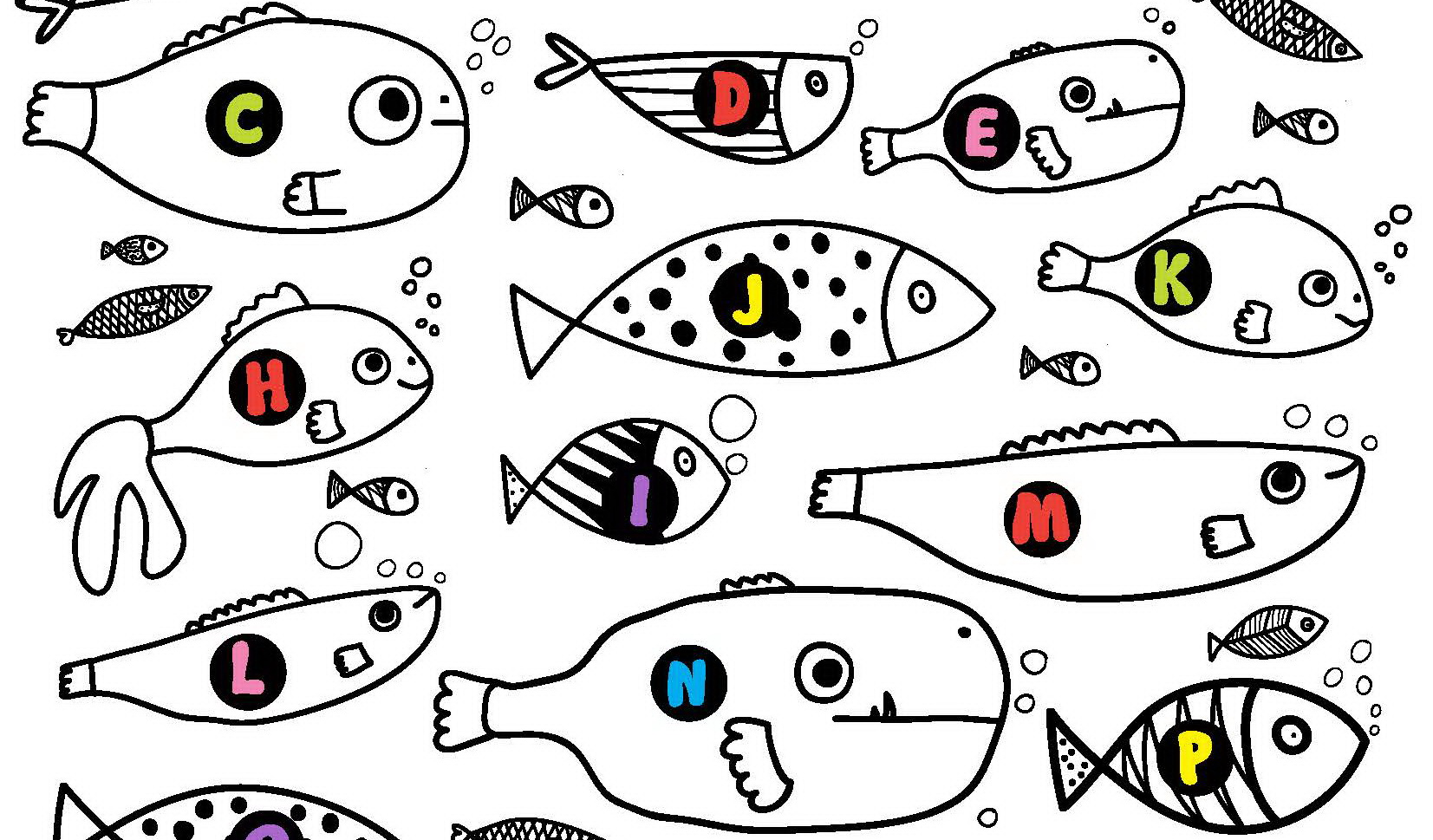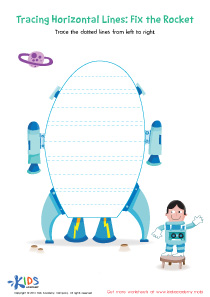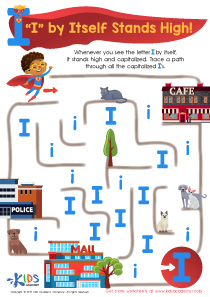Alphabet tracing Normal Letter Recognition Worksheets for Ages 6-7
5 filtered results
-
From - To
Help your child master letter recognition with our Alphabet Tracing Normal Letter Recognition Worksheets designed for ages 6-7. These engaging worksheets from Kids Academy provide essential practice in tracing and identifying letters, making learning fun and effective. Each sheet is expertly crafted to improve handwriting skills while ensuring kids recognize both uppercase and lowercase letters. Perfect for classroom use or extra practice at home, these worksheets support literacy development and build a strong foundation for reading and writing. Explore our collection today and give your child the tools they need for alphabet success!
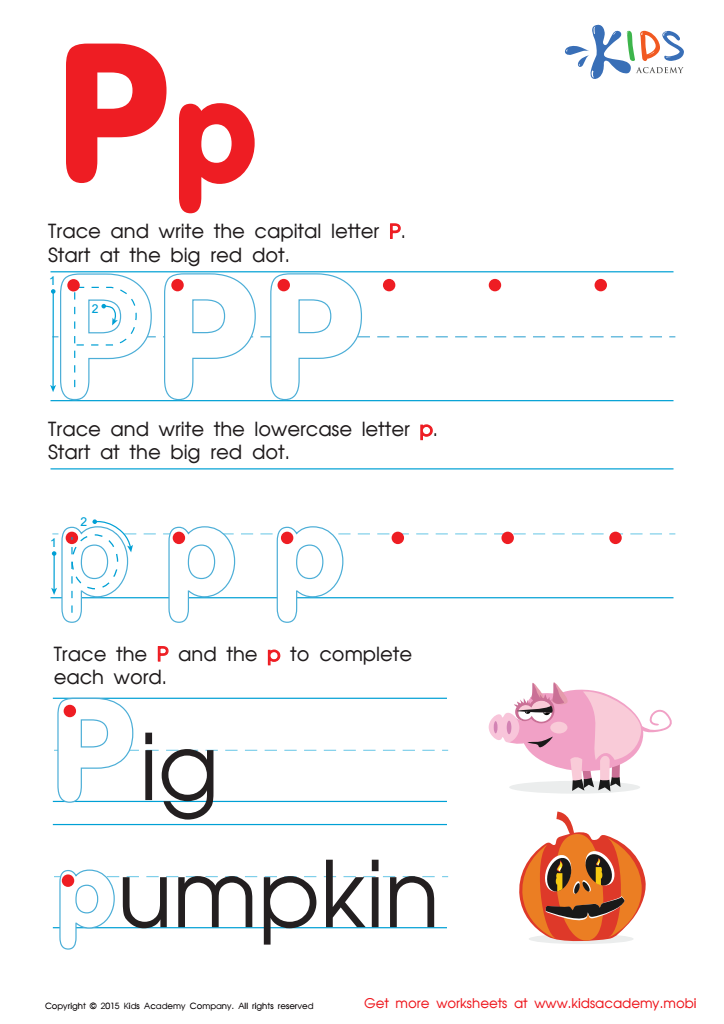

Letter P Tracing Page
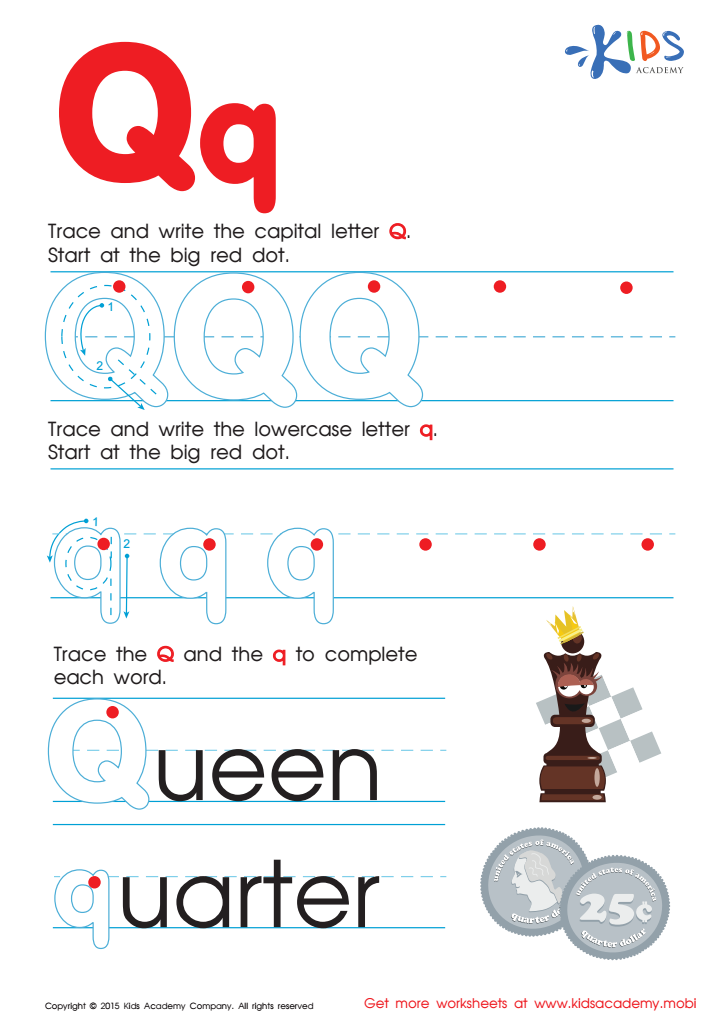

Letter Q Tracing Page
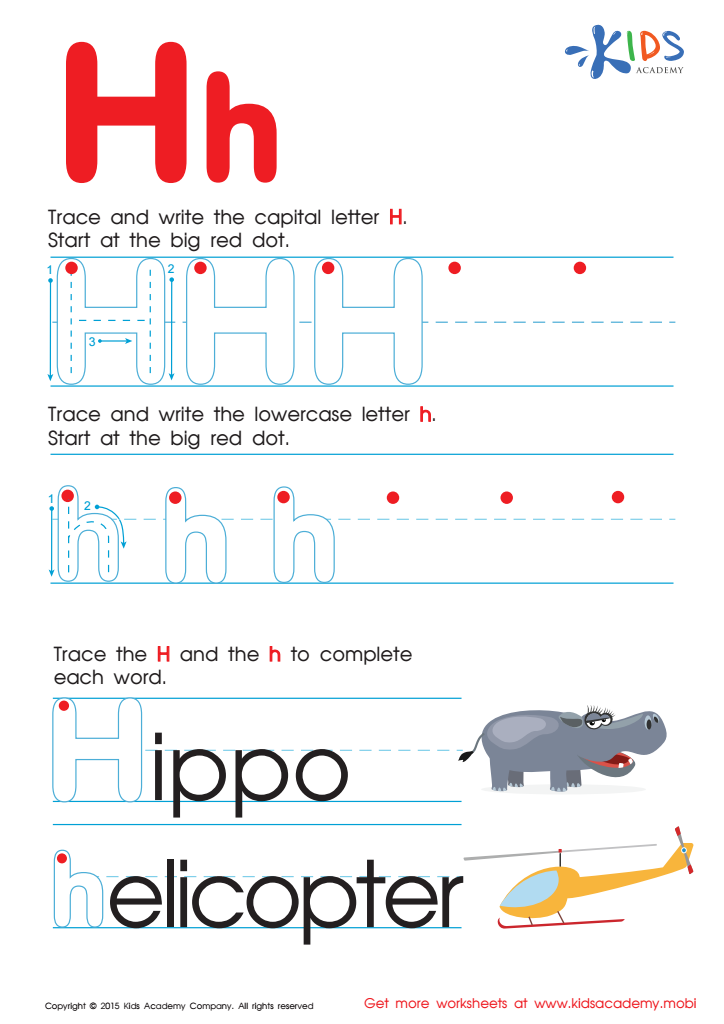

Letter H Tracing Page
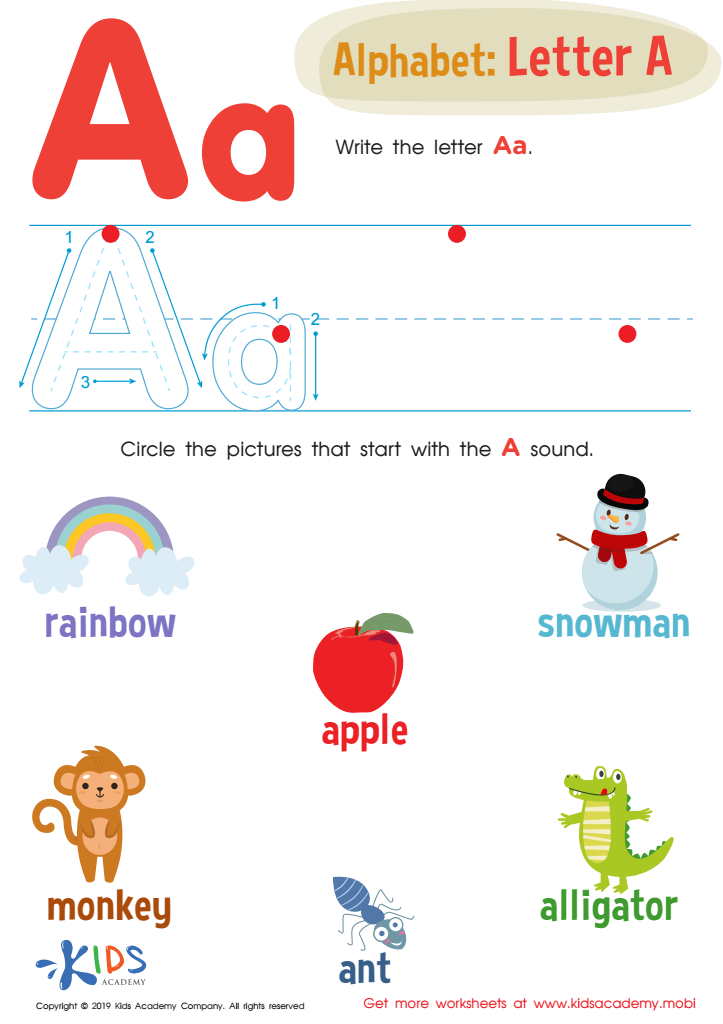

Letter A Tracing Worksheet
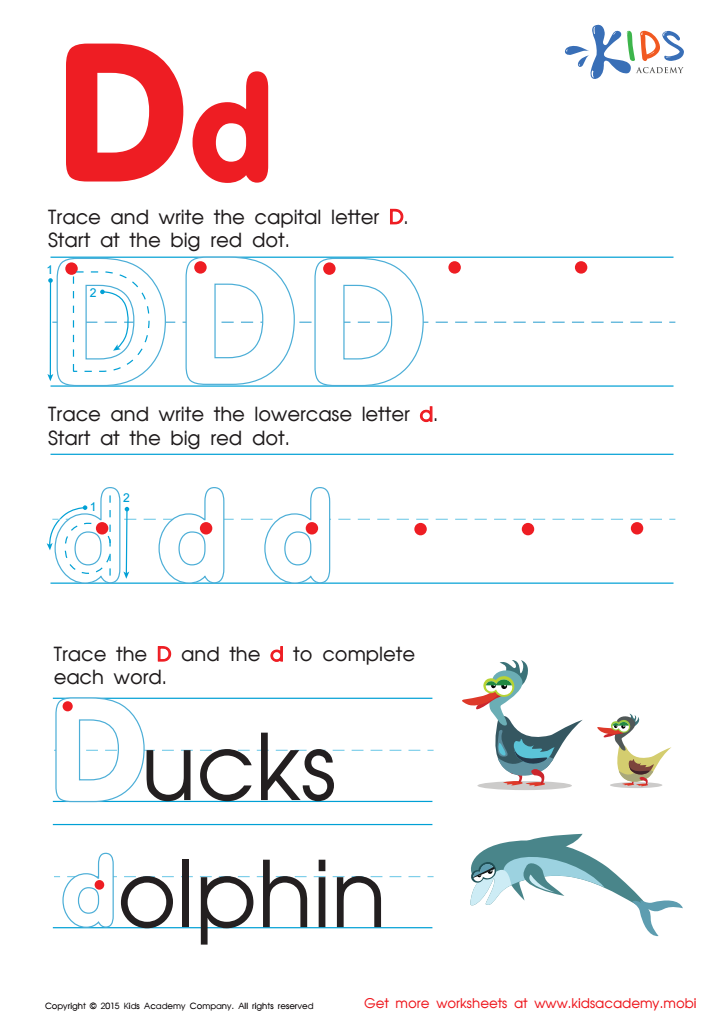

Letter D Tracing Page
Alphabet tracing and normal letter recognition are foundational elements in early childhood education, especially for children ages 6-7. First, these skills form the bedrock for literacy development. Tracing the alphabet helps children learn the shapes and strokes of letters, which is crucial for both reading and writing. By recognizing and consistently practicing the correct formation of letters, they develop fine motor skills that aid in proper penmanship.
Second, letter recognition enhances reading skills. When children can easily identify letters, they can begin to understand phonics, or the relationship between letters and sounds. This understanding is critical for decoding words, enhancing their ability to read independently and with fluency.
Furthermore, knowing how to write and recognize letters builds confidence. As children experience success in these fundamental tasks, they are more likely to engage in more complex literacy activities. This engagement promotes a lifelong love of learning, reading, and self-expression.
Finally, these skills have a social component. Proper letter formation and recognition enable effective communication. Whether writing a note to a friend or completing school assignments, these skills are indispensable.
Overall, investing time and effort in alphabet tracing and letter recognition sets young learners on a path to academic success and personal development in their formative years.

 Assign to My Students
Assign to My Students





